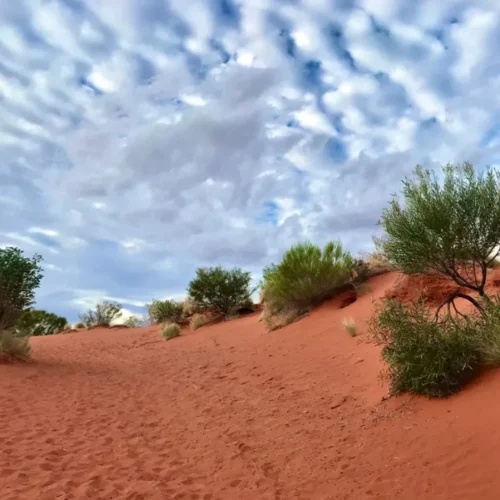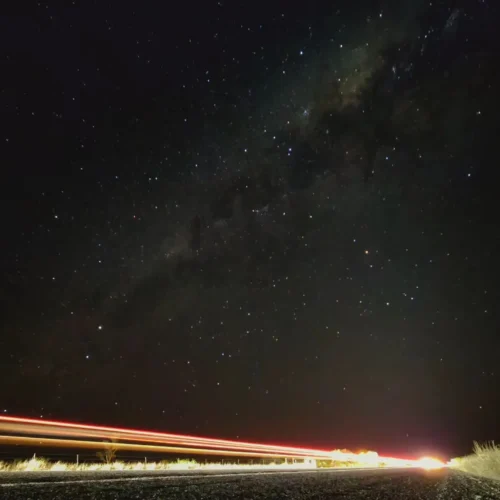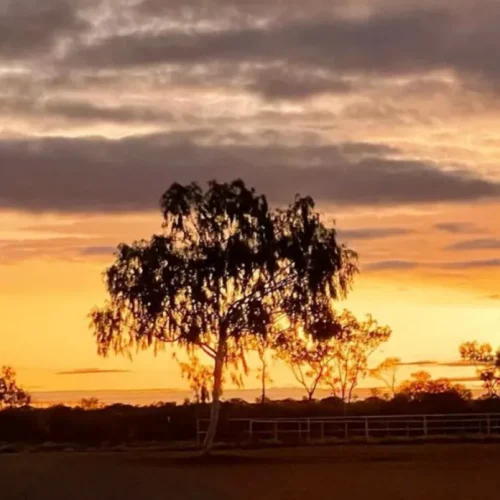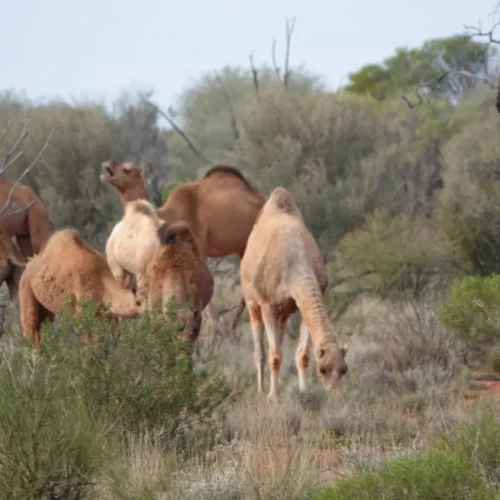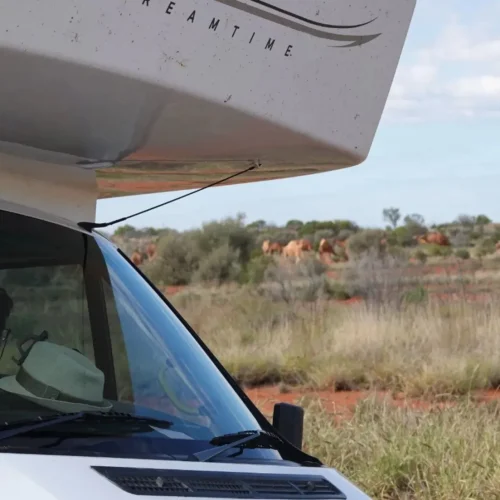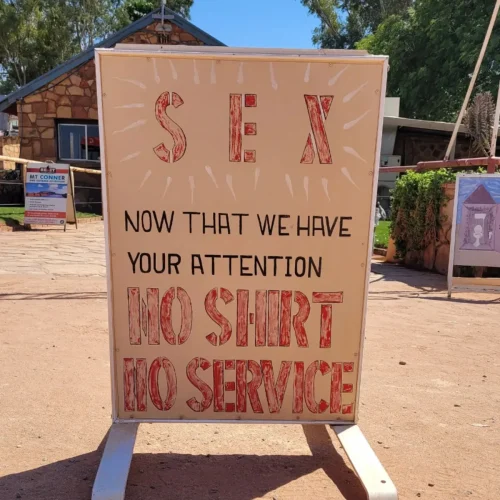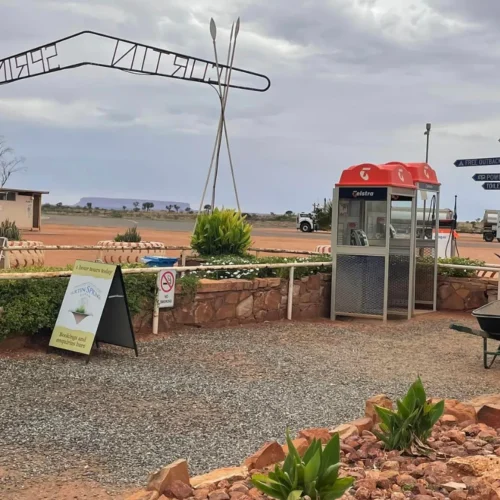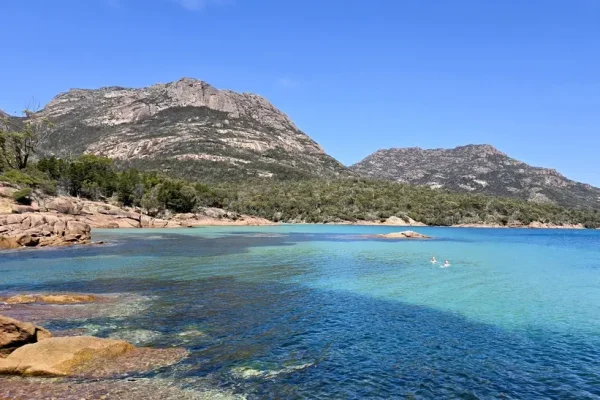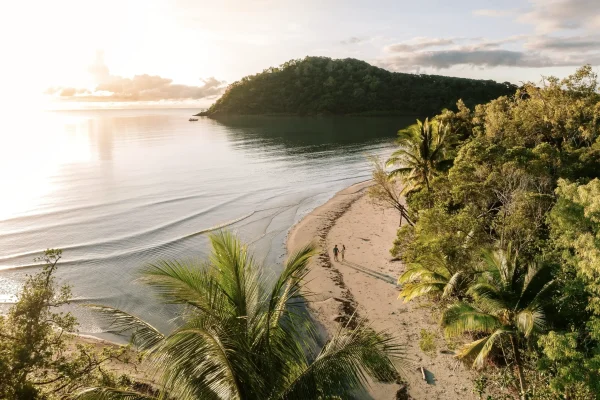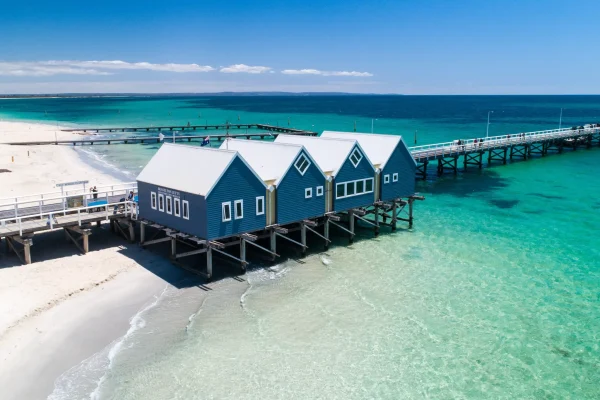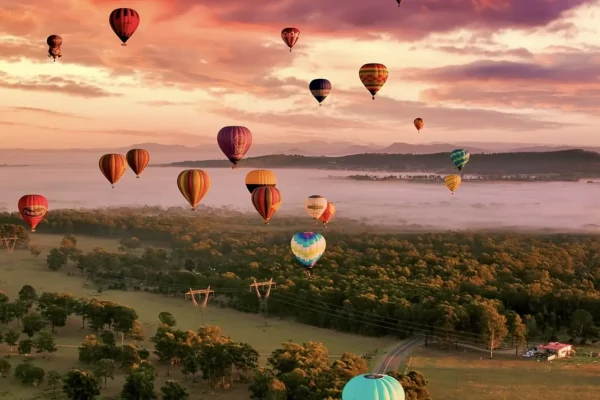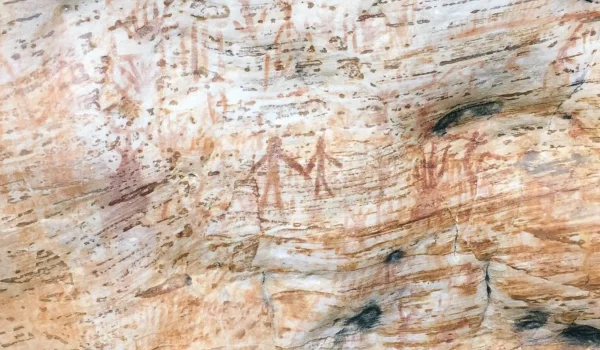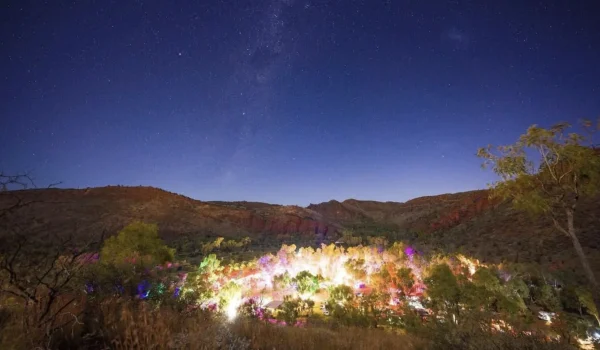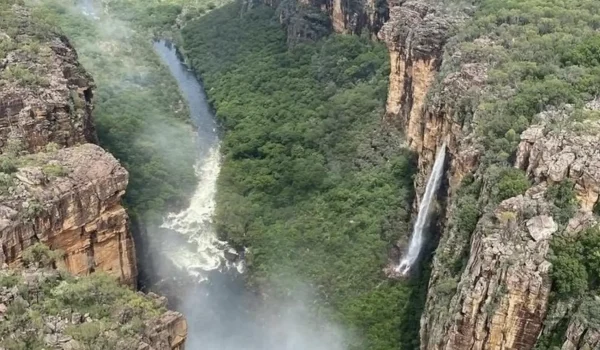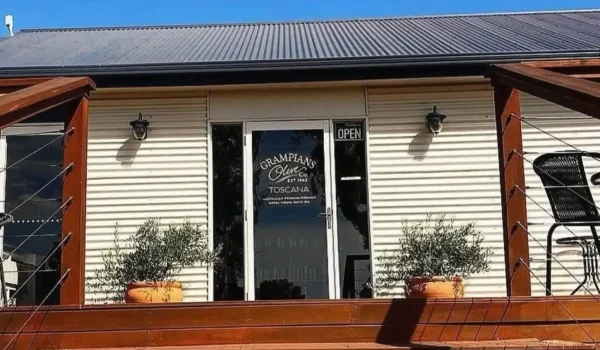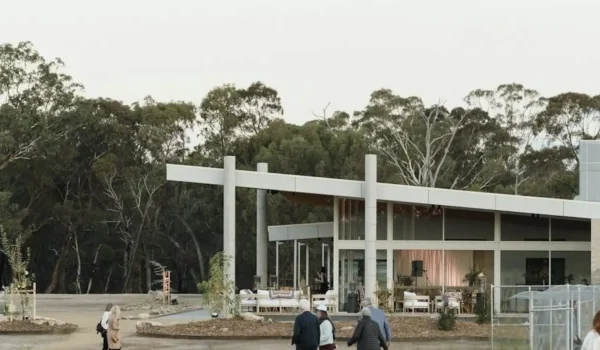Hey there, pal! If you want to know the real thing about the Australian outback, then Curtin Springs Cattle Station at Uluru is your place. This well-known station in the wildness of the Northern Territory brings you more than just an encounter with a cow; it is Australia’s history of colonization itself, all rolled into one big eco-tourism spot and a great spot for starting off the trip to Ayers Rock. Since 1956, when it was purchased by the Severin family, Curtin Springs stands as proof that bush resilience and allure can be experienced even today.
Welcome to Curtin Springs
Overview of Curtin Springs
The rugged desert landscape of the Outback has made Curtin Springs Station a haven for travellers and labourers alike. Peter Severin established this vast ranch that spans over 1 million acres and supports approximately 4,500 cattle. However, beyond its description as a livestock farm, Curtin Springs offers visitors an opportunity to walk through Australia’s colonial past while physically being in its midst.
The Heart of the Outback
When you run into Curtin Springs on your journey around Australia, you’re not just yet at another tourist stop but stepping into a thriving society. This station enjoys an iconic status with its stunning views comprising local grasses and Mount Conner looming far away. It is one of those few places where everyone is welcome, including Peter, Lyndee and Ashley Severin, and it thus remains so popular among those who wish to experience something unique.
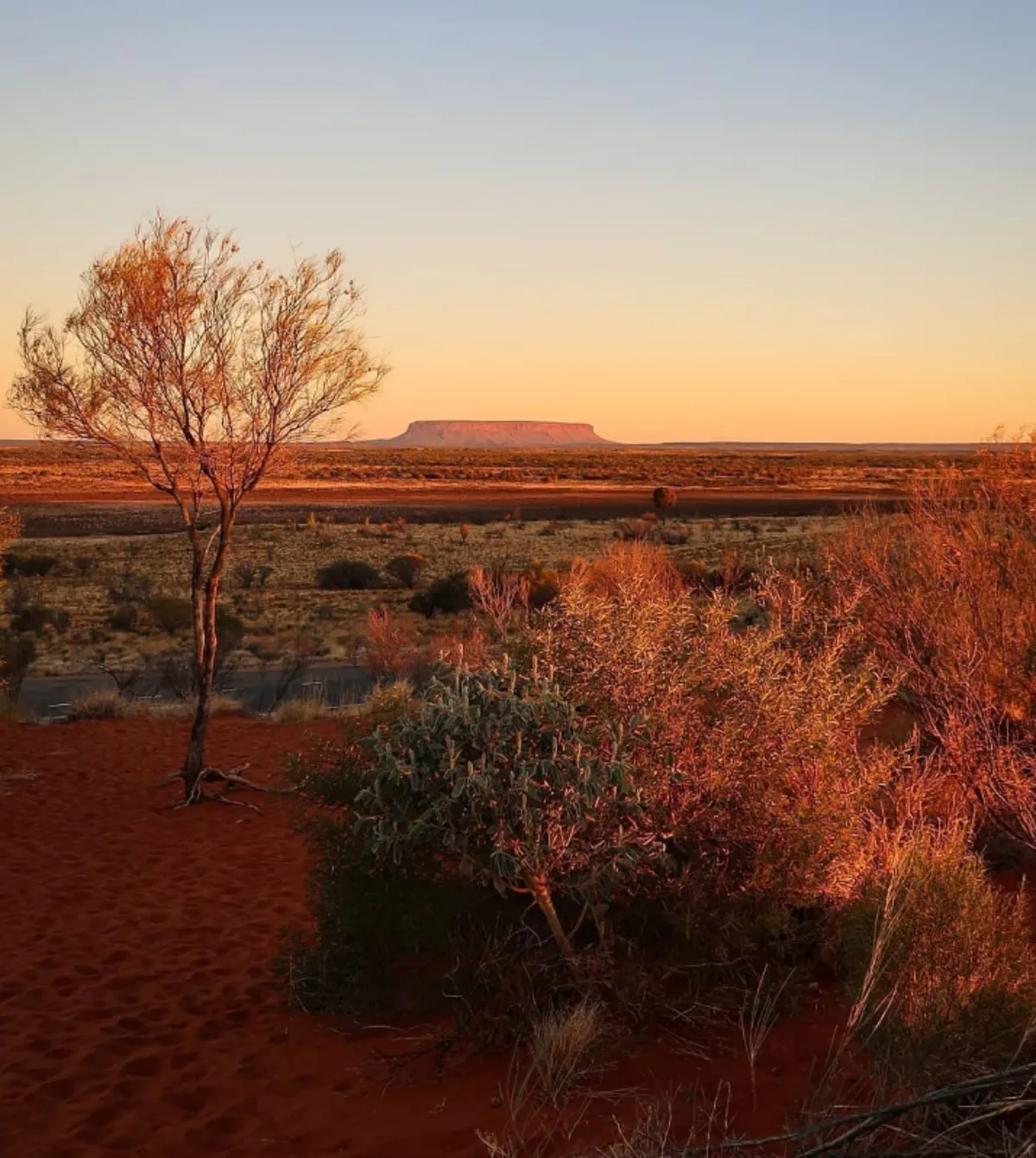
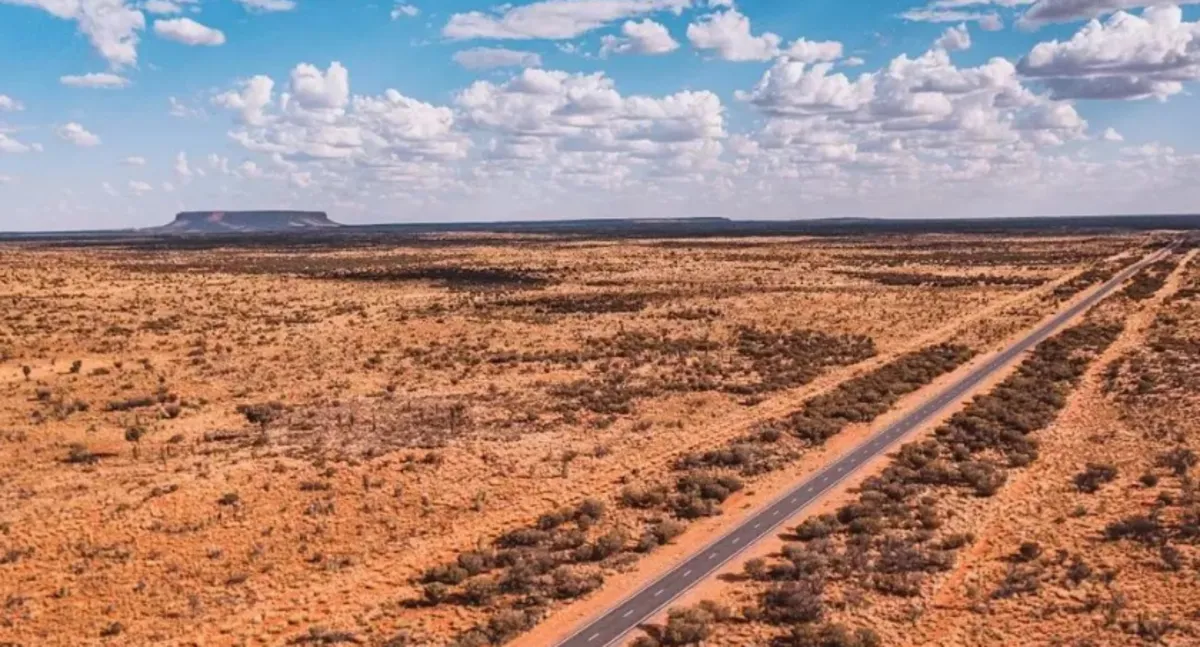
Geography
The most central part of Central Australia awaits you at the estate called Curtin Springs. As such, this property is strategically situated as it serves as an entryway to some other most remarkable destinations within Australia, like Uluru and Kata Tjuta formations (Curtain springs.com.au). Its geography is either bleak or grandiose, with the vast plains covered in local grasses occasionally interrupted by manifested forms of Mount Conner, an underestimated monolith resembling the Uluru.
Landscape Features
Proximity to Uluru
Just about five minutes from the heart of Australia’s iconic Uluru lies Curtin Springs, which is a great starting point for those wishing to visit this UNESCO World Heritage site. Besides, there are numerous day trips within easy reach, like Ayers Rock Resort, offering travellers rich cultural experiences as well as natural wonders associated with it (Curtainsprings.com.au).
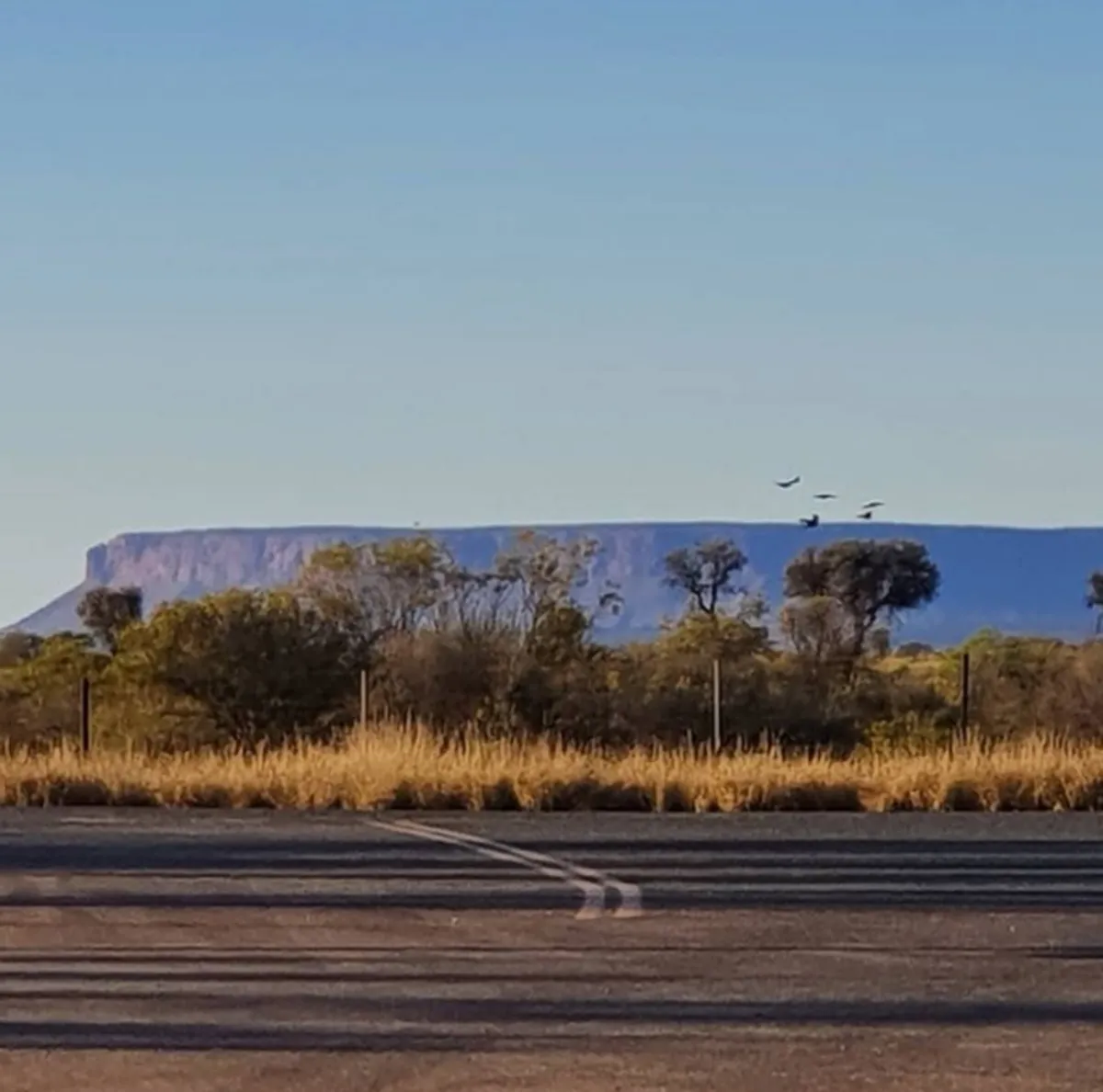
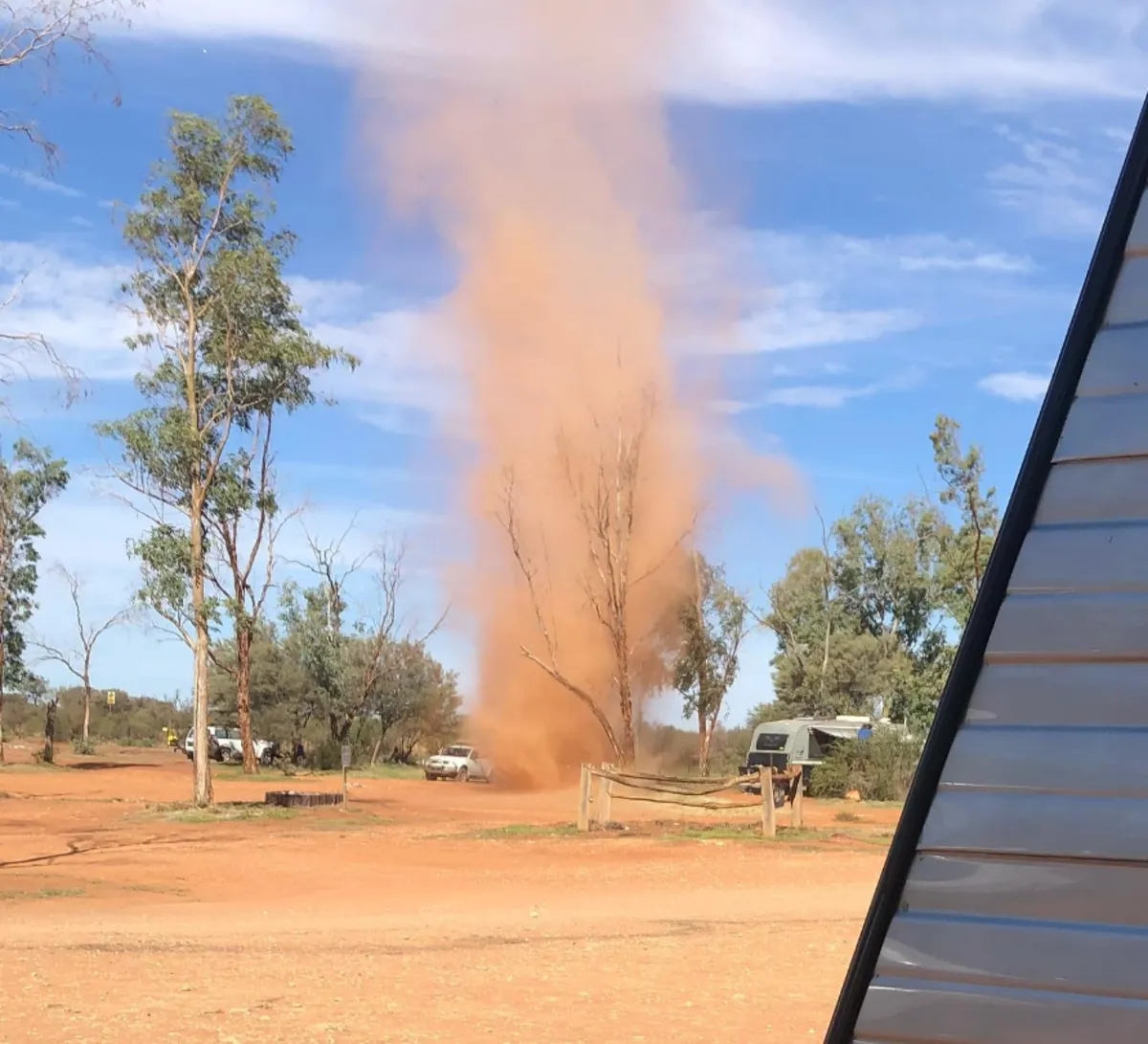
Climate
The Most Suitable Times to Visit
Unpredictable seasonal weather patterns
Diverse History
mportant Historical Events
Under Severins, Curtin Springs underwent significant changes. By developing Curtin Springs Paper using native grasses, they demonstrated their innovative approach towards hand made paper production that incorporates natural resources with sustainable practices in it. It is an investment that enhanced attraction on station and highlighted Severins’ dedication towards environmental and cultural preservation.
All these sections introduce key features and attractions in Curtin Springs while integrating specific keywords seamlessly within the text so as to keep it informative and engaging and optimize it for search engines. The narrative links together geographical location significance with historical perspectives, offering readers a comprehensive view through the prism of both its past as well as present time frames.
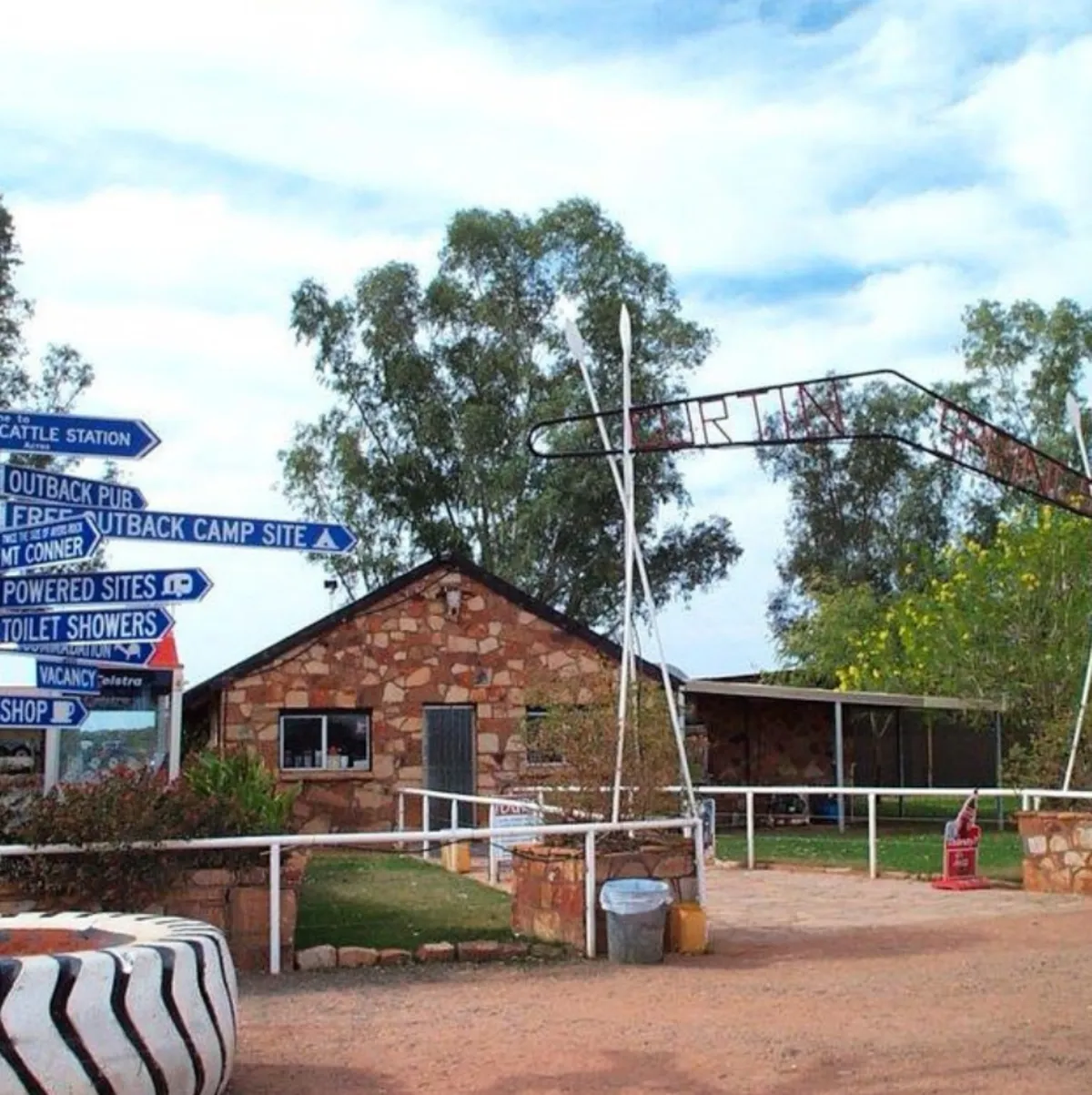
History Leading to Curtin Springs
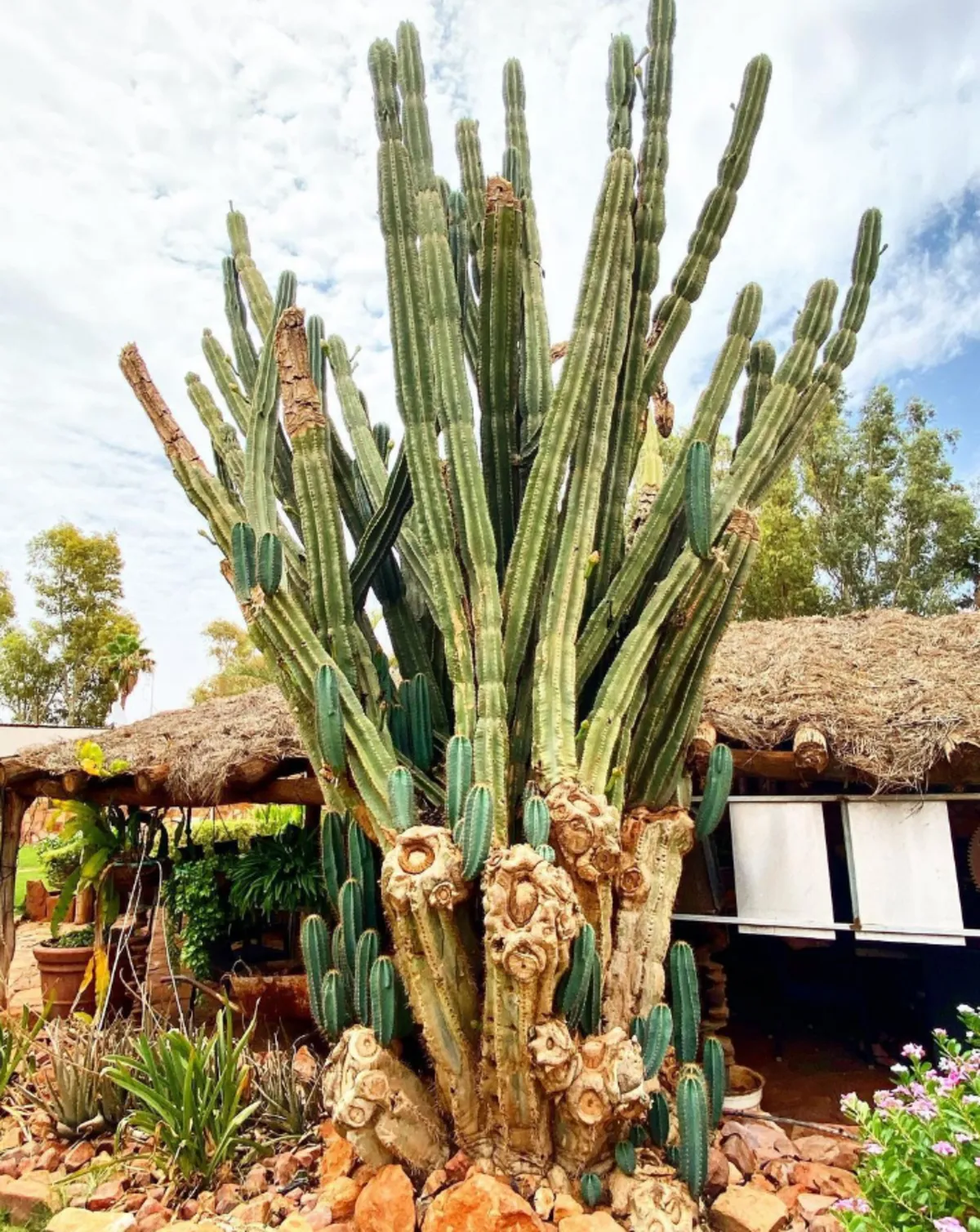
What are you talking about?
Curtin Springs Station is not just a place, but a vibrant community. The running of the station on daily basis is a combination between traditional cattle rearing and modern conservation methods. Visitors to Curtin Springs can see firsthand the balance between agricultural productivity and environmental sustainability, a testament to the Severin family’s dedication to the land.
A day at Curtin Springs
Environmental Conservation Efforts
Facilities
Unique Attractions
Within its boundaries, there are unique attractions that have made it more than just a place where guests sleep:
The Paper Making Tour– Guests get introduced to the process of making handmade paper out of native grasses found within the locality. It also promotes local handicrafts while noting an innovative use of regional raw materials.
Curtin Springs Guided Walks– The walks give guests an opportunity to explore different features across Curting Springs hence taking them deep into natural beauty spots. There are short walks as well as longer hikes that take people through beautiful landscapes with varying levels of fitness being catered for.
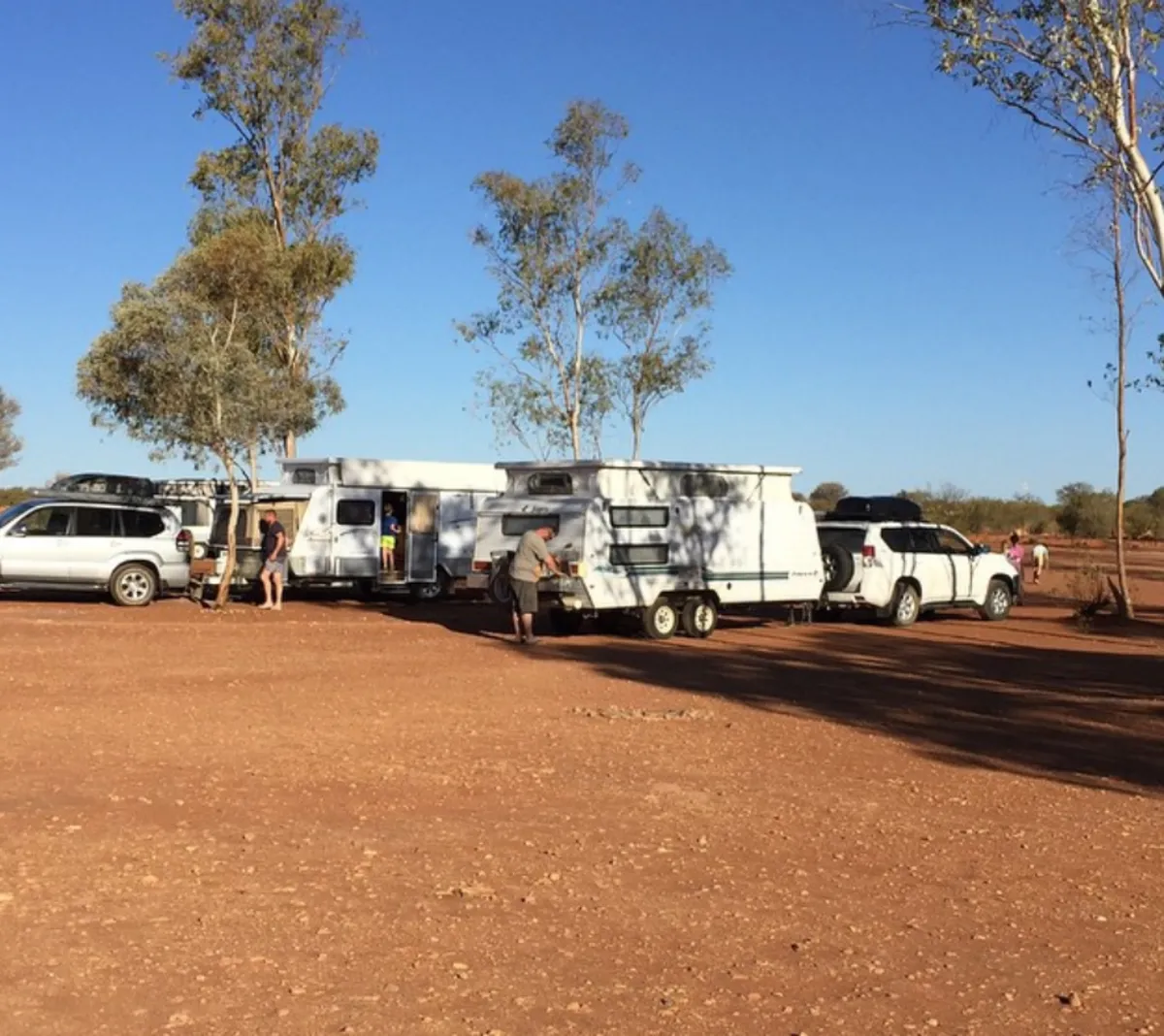
Curtin Springs Campground
The Curtin Spring Campground provides hotel facilities that vary so much depending on the various packages one would like to have during his or her stay. From unpowered sites ideal for camping under the stars to powered sites available for caravans, any visitor will get an option suitable for him or her. Basic amenities like toilet facilities plus a private shower option at a small charge make it ideal for budget tourists who are looking forward to experiencing authentic outback hospitality.
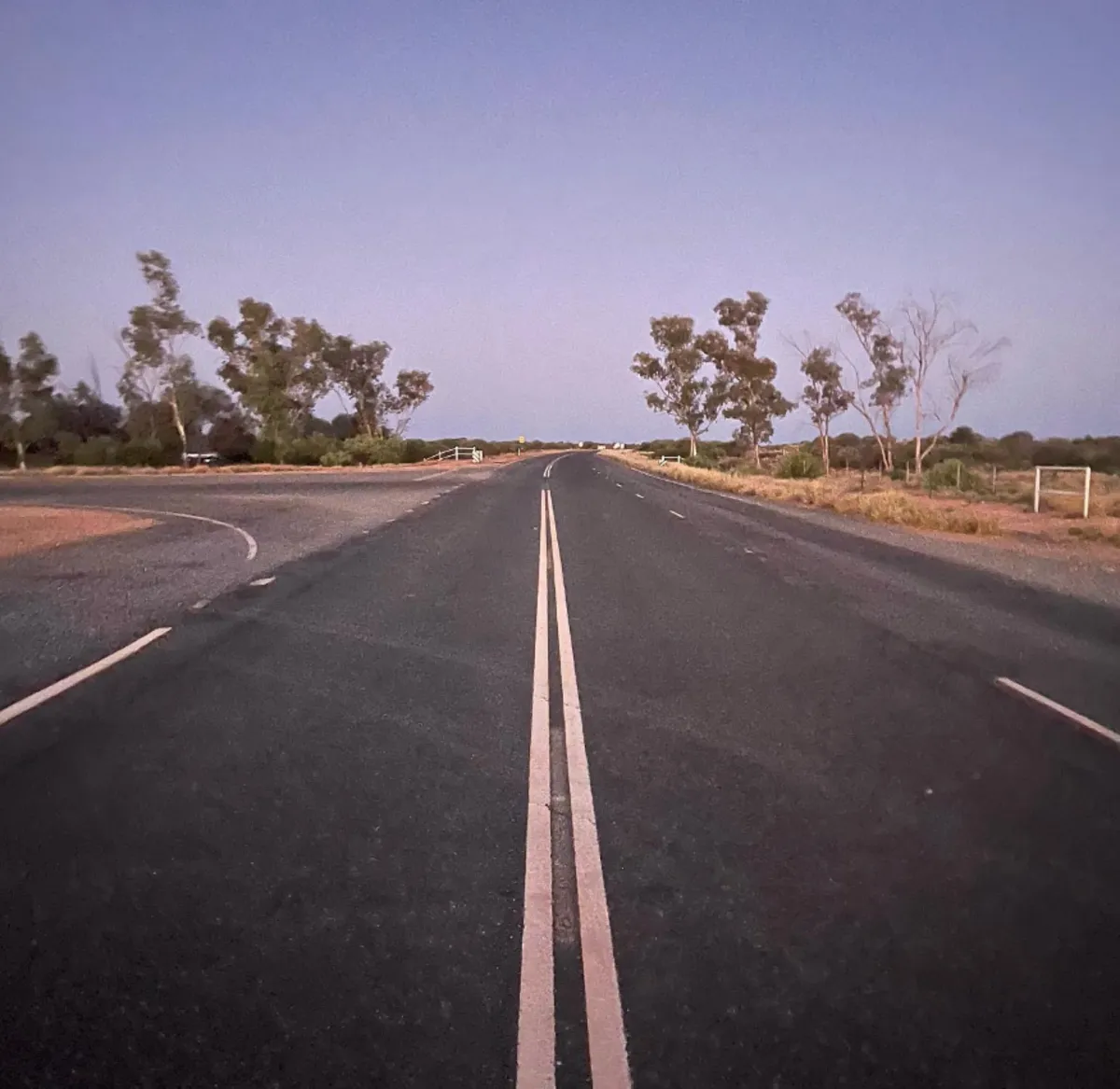
Getting There
Located about 360 kilometres from Alice Springs, Curtin Springs is a bit of a trek, but this is all part of the fun. The station can be accessed through Lasseter Highway, which is in good condition and suitable for use by any vehicle.
Transportation Tips
Map & Directions
Curtain Springs is easy to reach by road, and the nearest major airport for those flying into the region is Alice Springs. From here, one drives across some of the Northern Territory’s most iconic landscapes.
Conclusion
The Curtin Spring Cattle Station combines historical significance, environmental stewardship, and traditional Australian Outback hospitality. Whether it’s discovering its history, becoming part of its everyday life, or enjoying its tough terrain, Curtain Spring remains memorable. It also serves as an example to others of how traditional agriculture can merge with tourism, thereby adding cultural heritage and environmental preservation to Australia as a whole.
FAQ
What is the best time to visit Curtin Springs?
The best season is during the winter months of April through September, which is when it gets much cooler and more enjoyable for outdoor activities or exploration.
Can I be a part of cattle station activities?
Yes, visitors are often allowed to participate in some daily activities on the station so that they have hands-on experience of what life is like in the outback. Make sure to organize this with the station staff before your visit.
Are there camping facilities at Curtin Springs?
Yes, at Curtin Springs, there are both powered and non-powered camping options. For a small fee, facilities include private showers and toilets.
What should I bring for guided walks?
Remember to bring sunscreen lotion, a hat, comfortable walking shoes, enough water, and a camera to take lovely pictures. Weather conditions may change abruptly.
How can I make my trip to Curtin Springs count?
Get involved in tours that are available such as Paper Making Tour and Guided Walks. Also, do not forget to explore nearby attractions, including learning about the station’s past and environmental initiatives.

